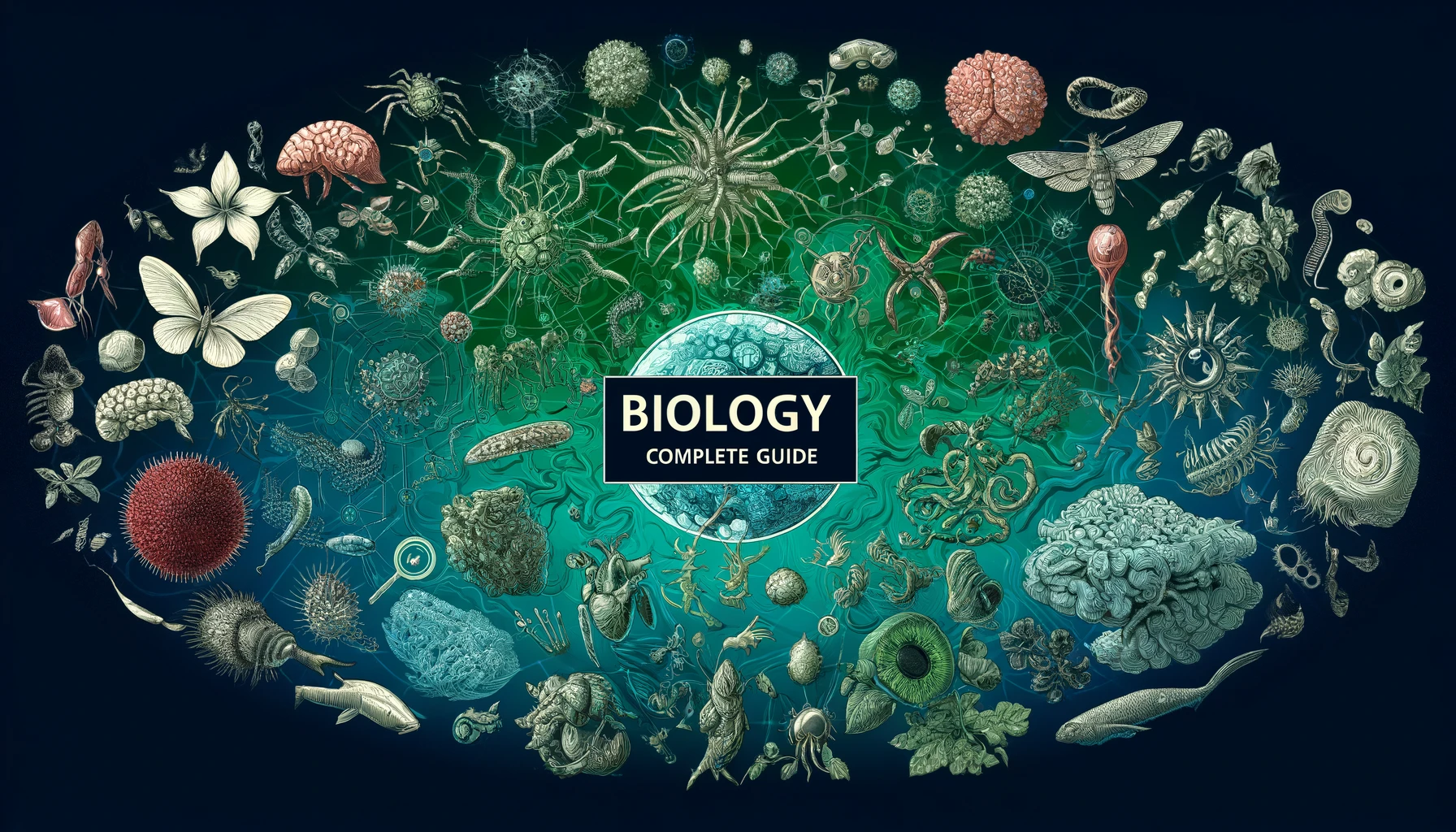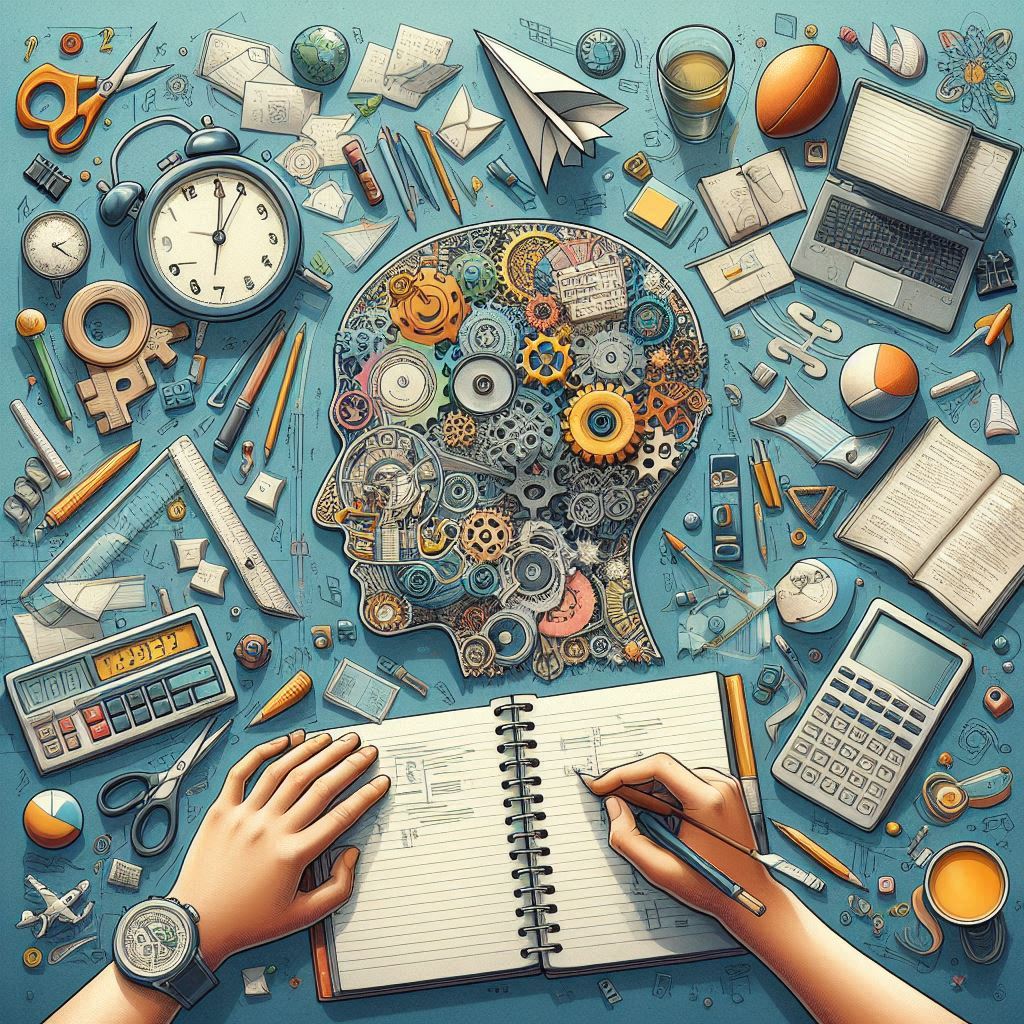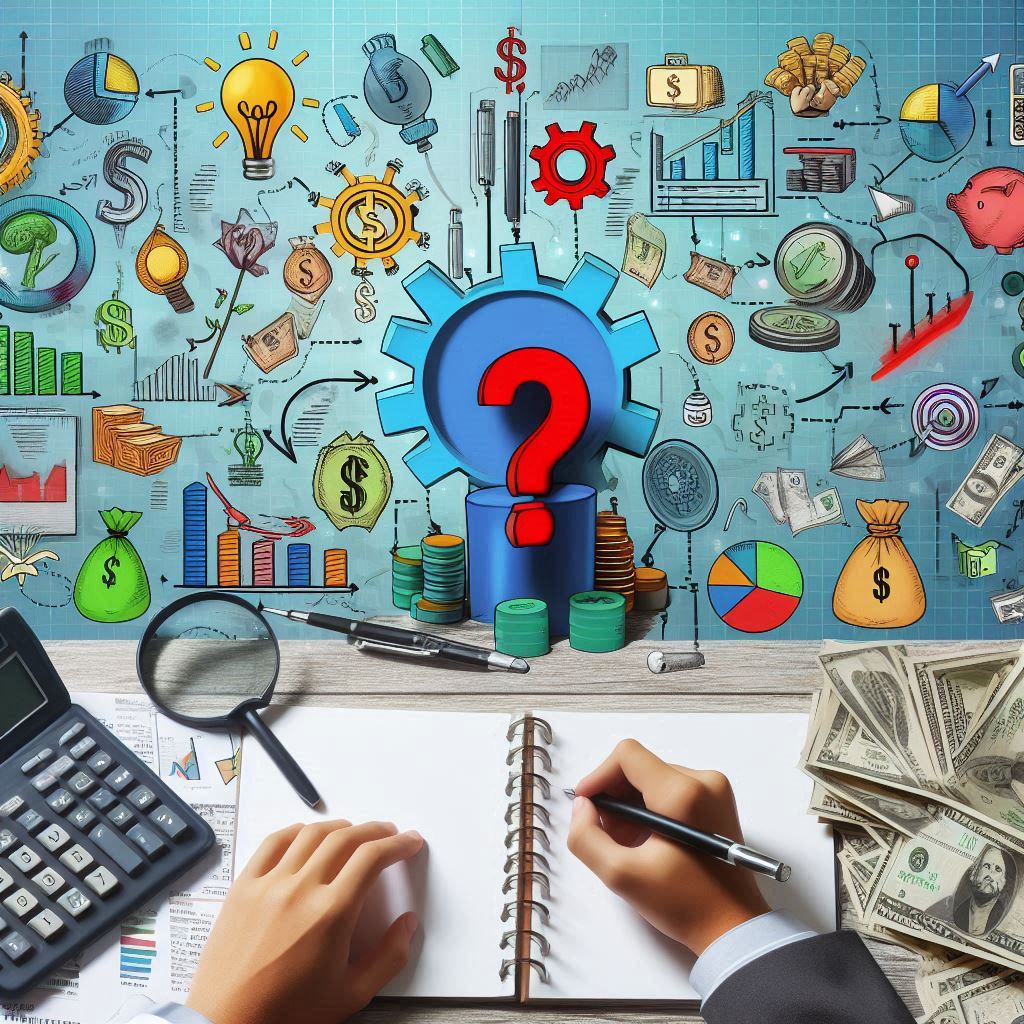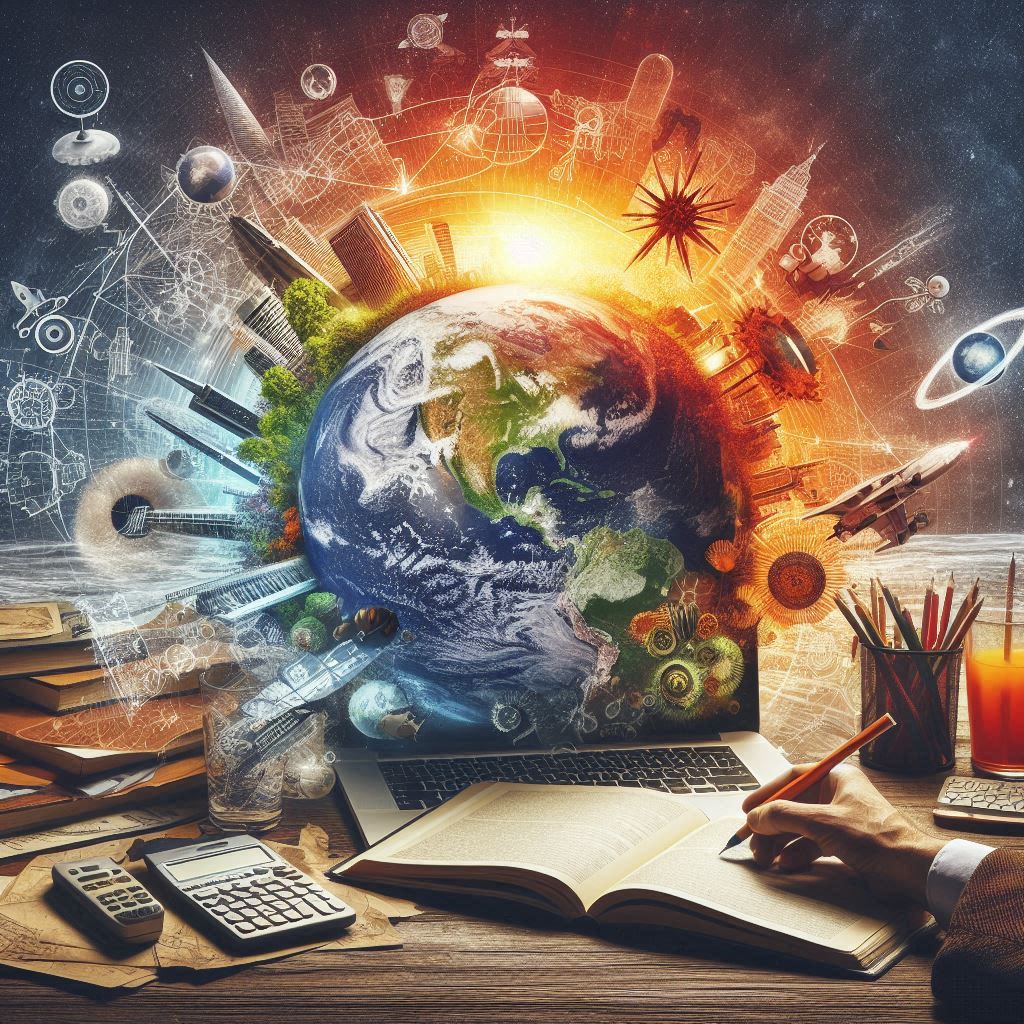Homeostasis is the maintenance of a constant internal environment. It involves control by negative feedback (a change that sets of a response that cancels out the change).

Several substances need to be maintained at a constant level:
| Substance | Too High? | Too Low? |
| Temperature (Thermoregulation)
| Body temperature ↑… one sweats and when the sweat evaporates… the body cools down. | If the body temperature ↓… one shivers (uses glucose to create heat in muscles) … the body warms up. |
| Water (Osmoregulation)
| Water level ↑… less ADH secreted so more water is flushed out… water level decreases. | Water level ↓… More ADH secreted so more water is reabsorbed… water level increases. |
O2 and CO2
| If there is any change to the optimum level of these gases, the medulla oblongata detects it and sends signals to the heart and lungs to work faster (too hight) /slower (too low). | |
Glucose
| Glucose ↑… Insulin produced by pancreas and will stimulate the liver to convert excess glucose to glycogen and it will also stimulate the body to use up the glucose… glucose level returns. | Glucose ↓… Glucagon produced by pancreas and will stimulate liver to convert glycogen to glucose… glucose level returns. |
Diabetes Mellitus (Hyperglycaemia)
- Due to a mutation (random change in DNA) for which the gene that produces insulin is affected and insulin cannot be produced, the glucose level will always remain high. This is known as diabetes mellitus (type 1).
- To deal with this, one must get regular insulin injections.
- Some of the symptoms include:
- Person is thin and weak and will lack energy
- Excessive thirst, hunger and sugary urine production
- Sweet smelling breath
- Cataract formation
The Skin

Mechanisms to Conserve Heat:
- The skin reduces heat loss by reducing:
- Convection – erector muscle contracts to pull hair up and trap air for insulation
- Evaporation – sweat gland doesn’t secrete sweat
- Radiation – vasoconstriction of arterioles (as they have muscles) leading to surface capillaries, shunts blood away from skin
- To generate heat – muscles generate more heat by shivering
- Controlling external environment:
- Addition of internal heating
- Wearing a jacket
Mechanisms to Increase Heat Loss:
- The skin increases heat loss by increasing:
- Convection – erector muscles relax so hair lies flat and no air is trapped
- Evaporation – sweat is produced by sweat glands and when it evaporates a cooling effect is created
- Radiation – vasodilation of arterioles leading to surface capillaries
- Controlling the external environment:
- AC/Fan can be switched on
- Wearing thin clothes
Endocrine System
An endocrine gland (one without any ducts) secretes a substance into the bloodstream. This substance is known as a hormone which carries messages for target organs. The message instructs the organs to speed up or slow down a process. Hormones are always carried by a network of blood vessels.
A hormone is a chemical substance produced by a gland and carried by the blood, which alters the activity of one or more specific target organs.
Hormone Action

Negative Feedback Control

Adrenaline
- Also known as the emergency or ‘fight or flight’ hormone, adrenaline is produced when one experiences an extreme emotion (such as nervousness, fear or anger)
- It is secreted by adrenal glands
- The purpose of adrenaline is to help get more energy (through respiration)
What Happens Due to Adrenaline?
- Faster breathing and heart rate
- Liver converts glycogen to glucose
- Blood supply to some organs, which don’t require blood at that moment, is cut down (for example the digestive system [feeling of butterflies in the stomach] and the skin [the skin will pale]) so that more oxygen and glucose can go to muscles
- Shivering muscles because of the high amount of energy produced
- Dilated pupil to allow as much light as possible to enter the eye so that the brain can receive as much information as possible
- Urinary bladder contracts
Differences Between Nerve Impulses and Hormone Action
| Difference | Nervous | Endocrine |
| Signal Speed | Very Fast | Slow |
| Reaction Length | Short | Variable Lengths |
Frequently Asked Questions: Endocrine System & Homeostasis
Homeostasis is the ability of living organisms to maintain a stable internal environment despite changes in the external conditions. This includes regulating factors like body temperature, blood sugar levels, water balance, pH, and blood pressure within a narrow range necessary for survival.
The endocrine system maintains homeostasis by producing and secreting chemical messengers called **hormones**. These hormones travel through the bloodstream to target cells or organs, where they regulate various physiological processes. This hormonal signaling allows the body to respond to internal and external changes and restore balance.
Hormones act as signals that trigger specific responses in the body to correct imbalances. For instance, if blood sugar is too high, the pancreas releases insulin to lower it. If calcium levels are too low, parathyroid hormone is released to increase them. Hormones provide a slower, but longer-lasting, widespread communication system compared to the nervous system.
A classic example is the regulation of blood glucose levels by the pancreas. When blood sugar rises after a meal, the pancreas releases **insulin**, which signals cells to take up glucose from the blood, lowering blood sugar. If blood sugar drops too low, the pancreas releases **glucagon**, which signals the liver to release stored glucose into the blood, raising blood sugar. This feedback loop maintains glucose homeostasis.
The endocrine and nervous systems are the body's two main communication and control systems. They work closely together to maintain homeostasis. The nervous system provides rapid, short-term responses (like reflexes), while the endocrine system provides slower, longer-lasting, and widespread adjustments through hormones. The hypothalamus in the brain is a key link, controlling pituitary gland function and integrating nervous and endocrine signals.
Without the endocrine system's ability to regulate internal conditions through hormones, the body's cells and organs would struggle to function correctly. Significant deviations from stable levels of substances like glucose, calcium, or water can impair cellular processes, leading to various disorders and potentially life-threatening conditions. The endocrine system's widespread influence makes it vital for long-term stability and function.






